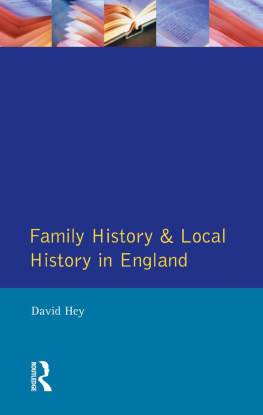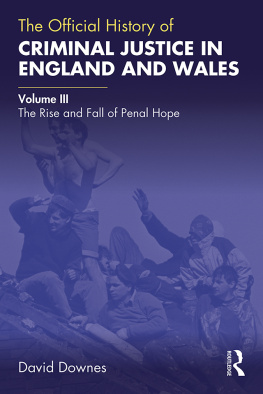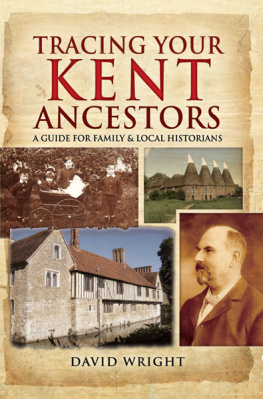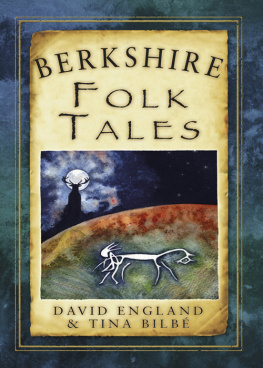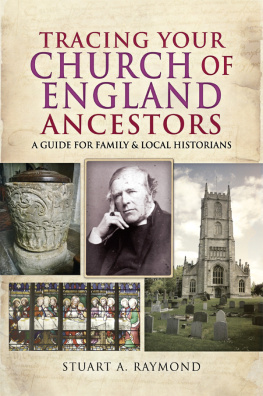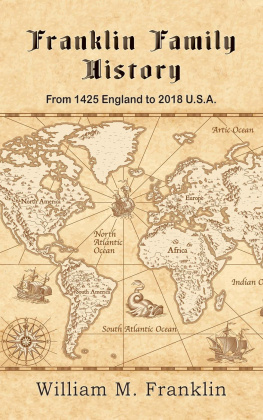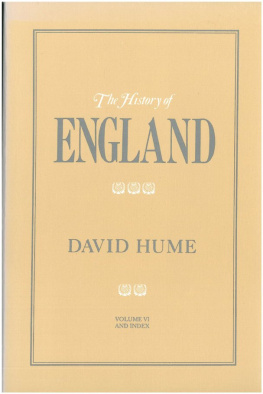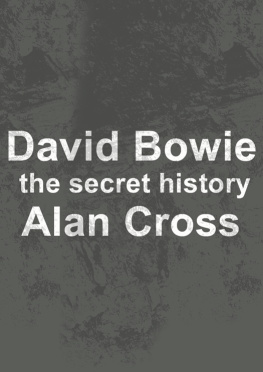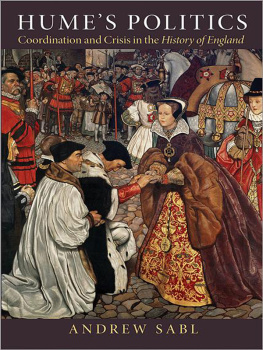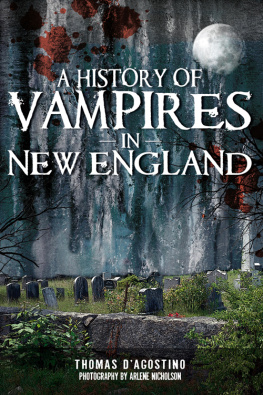First published 1987 by Longman Group Limited
Fourth impression 1994
Published 2013 by Routledge
2 Park Square, Milton Park, Abingdon, Oxon OX14 4RN
711 Third Avenue, New York, NY 10017, USA
Routledge is an imprint of the Taylor & Francis Group, an informa business
Copyright 1987, Taylor & Francis.
All rights reserved. No part of this book may be reprinted or reproduced or utilised in any form or by any electronic, mechanical, or other means, now known or hereafter invented, including photocopying and recording, or in any information storage or retrieval system, without permission in writing from the publishers.
Notices
Knowledge and best practice in this field are constantly changing. As new research and experience broaden our understanding, changes in research methods, professional practices, or medical treatment may become necessary.
Practitioners and researchers must always rely on their own experience and knowledge in evaluating and using any information, methods, compounds, or experiments described herein. In using such information or methods they should be mindful of their own safety and the safety of others, including parties for whom they have a professional responsibility.
To the fullest extent of the law, neither the Publisher nor the authors, contributors, or editors, assume any liability for any injury and/or damage to persons or property as a matter of products liability, negligence or otherwise, or from any use or operation of any methods, products, instructions, or ideas contained in the material herein.
ISBN 13: 978-0-582-49458-9 (pbk)
British Library Cataloguing in Publication Data
Hey, David
Family history and local history in England.
1. Family England 2. England Genealogy
I. Title
929'.2'0942 CS414
Library of Congress Cataloging-in-Publication Data
Hey, David.
Family history and local history in England.
Bibliography: p.
Includes index:
1. England Genealogy Handbooks, manuals, etc.
2. England History, Local Handbook, manuals, etc.
I. Title.
CS414.H49 1987 929'.1'072042 86-10329
ISBN 0-582-00522-1
ISBN 0-582-49458-3 (pbk.)
The spectacular growth of interest in family history in recent years is a remarkable phenomenon and one that is worth pondering. Some theorists will no doubt explain it as mere escapism, an unhealthy desire to withdraw from the realities of life in the late-twentieth century to a time when family bonds were firmer and the individual supposedly more secure in a web of human relationships. There is probably a little truth in this, for many will say that material progress has brought less rather than more contentment, but the vast majority of family historians whom I have come across are only too well aware that their ancestors had a harder life than most of us have today. Knowledge of overcrowded houses, insufficient food, long and tedious hours of work and inadequate defences against disease soon shatters the myth of 'the good old days'. The golden age is illusory; nostalgia's all right, they say, but it's not what it was.
I believe that while a little romanticism certainly plays a part (after all, what hobby or pastime does not take us away from our everyday preoccupations?), the groundswell of interest in family history is a much more positive phenomenon. The desire to know who one's ancestors were is a natural human concern that has interested people throughout time and in all parts of the world. What is different now is that ordinary people have the opportunity and the means to pursue their family trees. Today we are more mobile and have more leisure time, and most important of all we now have numerous record offices that are open to everyone and which have well-qualified staff to guide the researcher and microfilm readers and other photocopying devices to make archives readily available. An interest in family history has always been there, but now everyone has the chance to pursue it. Thousands of people have discovered the pleasure of research which is peculiarly personal in its rewards. The proliferation of family history societies and conferences brings one into contact with fellow enthusiasts, and family history has become England's fastest-growing hobby.
Genealogy used to be a rather snobbish pursuit but nowadays all that has changed. Most of our ancestors were ordinary people but that does not make them uninteresting. In this book I have used the various branches of my own family as case-studies because their very ordinariness makes them typical. Nevertheless, when seen against the broader themes of English social and economic history their triumphs and disasters and their dogged persistence in a way of life takes on a wider relevance and gives human meaning to phases of human history such as the nineteenth century exodus from the countryside and the Great Agricultural Depression. In this book I try to interest family historians in wider concerns than the single-minded pursuit of their own family tree, for it is my belief that the great surge of interest in family history will help to deepen our understanding of local and national history once we get a series of good family histories in print. In researching my own family I have been able to discern interesting patterns amongst the welter of generations and I have become increasingly interested in the local history of the places where my ancestors lived. I hope that my own experience will encourage other family historians to raise their sights in this way.
As well as writing about my own research I have drawn upon the published work of other scholars who have studied local communities in depth or who have written about surnames, population mobility and other matters of interest to family historians. The chapter on the Middle Ages, in particular, relies heavily on this recent work and I am indebted to all the authors. Other sections draw upon material that I have assembled for classes in the Division of Continuing Education at the University of Sheffield and for talks to various family history societies and I have benefited from the subsequent discussions.
I would particularly like to thank Mrs Pamela Broadhead for typing the manuscript.
Acknowledgement is due to the following for permission to reproduce plates in the text: National Monuments Record (2.6 & 3.15); Sheffield City Libraries (2.9, 3.4, 3.9, 3.10, 3.12 & 3.16); The British Library (1.3); Essex County Council (2.5); Yorkshire Archaeological Society (2.7); Society of Antiquaries of London (2.8); Aerofilms Limited (3.3); Luton Museum and Art Gallery (3.6); Powell and Young, Solicitors, Pocklington, and Humberside County Council (3.11); Walter Scott (Bradford) Ltd (copyright holders) (3.13); Somerset Record Office (4.1); W. F. E. Gibbs and P. J. Wood (4.4); and the Public Record Office (4.2 (Document RG 11/4618. Crown-copyright material in the P.R.O. is reproduced by permission of the Controllor of Her Majesty's Stationery office)).
The author is also grateful to the following for the use of documents: The Royal Institution of Cornwall (HA/9/20 (manor of Binnerton court paper)); North Yorkshire County Record Office (ZBQ (Husthwaite Manorial Court book)); Borthwick Institute of Historical Research, York (wills and inventories); Lichfield Joint Record Office (inventory of Thomas Eyre).


